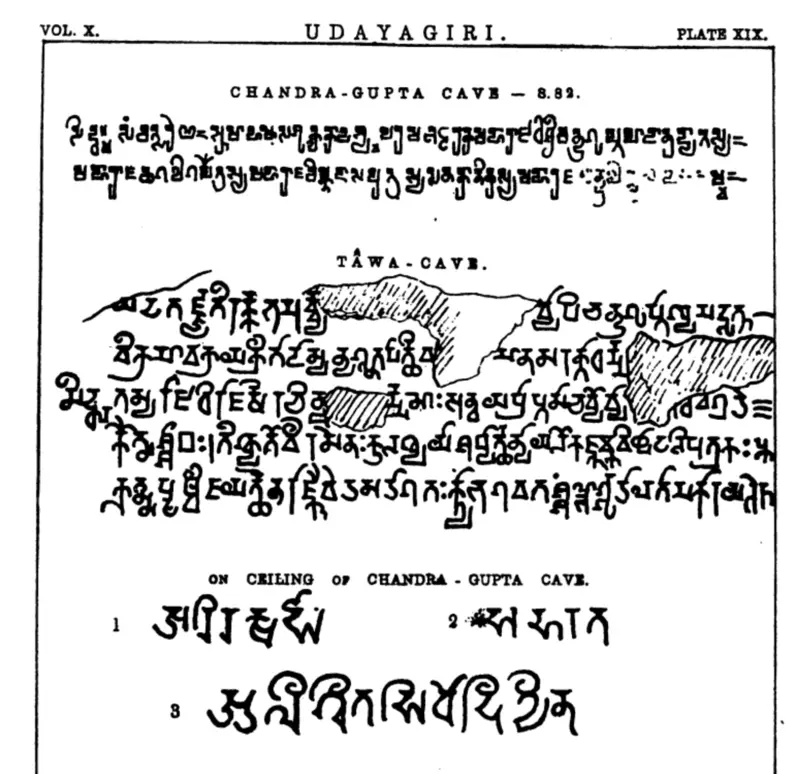Sanskrit vocabulary words from Vedanta philosophy and their meanings:
- Atman (आत्मन्): Self, the eternal and unchanging essence of an individual. It is distinct from the ego (ahamkara).
- Brahman (ब्रह्मन्): Ultimate reality, the eternal and infinite ground of all being. In some schools of Vedanta, Brahman is seen as identical to Atman.
- Maya (माया): Illusion, the veil that obscures our true nature (Atman) and makes us identify with the temporary world.
- Karma (कर्मन्): Action and its consequences. Our actions in this life determine our experiences in the next.
- Samsara (संसार): The cycle of birth, death, and rebirth. Moksha (liberation) is the ultimate goal, which frees one from this cycle.
- Moksha (मोक्ष): Liberation, freedom from suffering and the cycle of rebirth. It is achieved through self-realization (knowing one’s true nature as Atman).
- Jnana (ज्ञान): Knowledge, especially spiritual knowledge or self-knowledge.
- Bhakti (भक्ति): Devotion, love for God. Bhakti is considered a path to Moksha in some schools of Vedanta.
- Ishvara (ईश्वर): Personal God, a being who created and sustains the universe. Some schools of Vedanta believe in a personal God, while others are more monistic.
- Advaita Vedanta (अद्वैत वेदांत): Non-duality Vedanta, a school of Vedanta that teaches that Brahman and Atman are ultimately one.
- Dvaita Vedanta (द्वैत वेदांत): Duality Vedanta, a school of Vedanta that believes Brahman and Atman are distinct, but ultimately related.
- Visishtadvaita Vedanta (विशिष्टाद्वैत वेदांत): Qualified non-duality Vedanta, a school of Vedanta that teaches that Brahman is both one and many. Atman is a part of Brahman, but not identical to it.
These are just a few important words used in Vedanta philosophy. Understanding these terms can help you better understand this rich and complex tradition.
The significance of the Sanskrit language is multifaceted, encompassing its historical, religious, cultural, and linguistic importance. Here’s a breakdown of its key aspects:
Historical Significance:
- Ancient Origins: Sanskrit is one of the oldest Indo-European languages, Studying Sanskrit offers a window into the development of many modern languages across Europe and Asia.
- Preserved Knowledge: A vast amount of ancient Indian literature, philosophy, and religious texts are written with this language . These include the Vedas, Upanishads, Puranas, and epics like the Ramayana and Mahabharata. Studying Sanskrit allows access to these original sources of knowledge.
Religious Significance:
- Sacred Language of Hinduism: Considered as the sacred language of Hinduism. The Vedas, the foundational scriptures of Hinduism, are composed in Sanskrit. Many Hindu mantras, prayers, and rituals are performed in Sanskrit.
- Language of Jainism and Buddhism: It was also a significant language for Jainism and Buddhism in their early development. Many Jain and Buddhist texts were originally written in Sanskrit.
Cultural Significance:
- Literary Legacy: Sanskrit boasts a rich literary tradition encompassing poetry, drama, epics, and philosophical treatises. Studying Sanskrit allows appreciation of these works and their cultural impact on India and beyond.
- Unifying Force: Despite the diversity of languages spoken in India, Sanskrit historically served as a unifying element, acting as a language of scholarship, administration, and cultural exchange.
Linguistic Significance:
- Mother of Many Languages: Sanskrit is the root language for many modern languages spoken in South Asia and Southeast Asia, including Hindi, Marathi, Bengali, Nepali, and Sinhalese. Studying Sanskrit helps us understand the connections between these languages.
- Grammatical Complexity: It is known for its complex and highly structured grammar, with a rich system of declensions, conjugations, and compound word formation. Studying Sanskrit can provide insights into the evolution of language and grammar.
Overall, the significance of Sanskrit lies in its role as a:
- Link to the past: Providing access to ancient knowledge and literature.
- Foundation of religion and culture: Shaping Hinduism, Jainism, and Buddhism, and influencing Indian culture.
- Linguistic root: Being the source for many modern languages.
Understanding its significance can provide a deeper appreciation of Indian history, religion, and culture.

